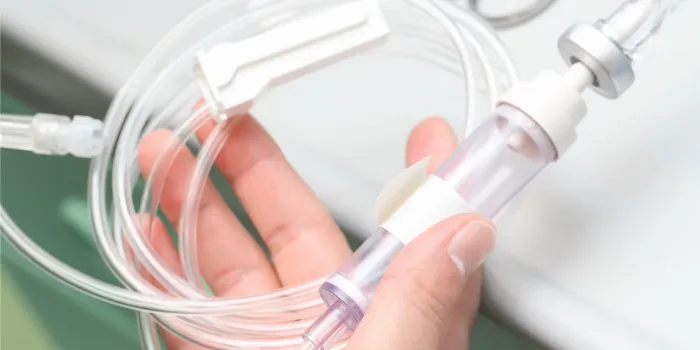For children with severe hemophilia, prophylaxis is the standard of care. Studies show that starting children with severe hemophilia on prophylaxis early (before age 3 and prior to the second joint bleed) is the most effective way to preserve healthy joint function over their lives, and to prevent other complications. The therapy can also help delay the progression of bone mineral loss that can occur with joint bleeds, according to a recent study. Today, many doctors also recommend prophylaxis for adults with severe hemophilia.
What is prophylaxis, and how can it help prevent joint damage? Read on for answers.
What Is Prophylaxis?
The word prophylaxis comes from the Greek “prophulaktikos,” which means “to guard against.” In health care, it refers to a treatment that can prevent or minimize disease complications. When it comes to hemophilia, prophylaxis — or “prophy,” as it’s often called in the bleeding disorders community — refers to the use of regularly scheduled infusions of factor replacement products (or subcutaneous injections of the nonfactor replacement therapy emicizumab for hemophilia A) to prevent bleeding.
Typically, factor is administered intravenously one to three times a week to keep the level in the blood high enough to prevent a bleed. With emicizumab, which is an antibody-based medication that mimics the action of factor VIII, subcutaneous injections are given weekly, biweekly, or monthly.
How Does Prophylactic Therapy Prevent Joint Damage?
The most common type of bleeding in people with hemophilia is a joint bleed. This is because when a joint undergoes stress during everyday activities such as walking or climbing stairs or trauma, the synovial membrane — the layer of blood-rich cells that protects and lubricates the joint — can bleed when it becomes pinched, pulled, or stretched.
In someone without hemophilia, the body’s normal coagulation system prevents or stops the bleeding. But because the bleeding takes longer to stop when you have hemophilia, this causes a joint bleed. When joint bleeds happen frequently, this results in chronic damage in the joint with reduced range of motion, destruction of cartilage, and bone changes.
The joints that are most susceptible to bleeds are the knees, ankles, and elbows. Joint bleeds can also happen in the hips, shoulders, fingers, and toes.
When scheduled factor infusions begin before bleeding episodes have occurred, this is called primary prophylaxis. Beginning prophylaxis after two joint bleeds but before any sign of joint damage is called secondary prophylaxis. The goal for both is to prevent spontaneous joint bleeds and the development of joint disease. Children who begin primary or secondary prophylaxis at an early age can often avoid serious joint bleeds and their complications, such as hemophilic arthropathy, which is when the joint is permanently damaged and causes disability.
Tertiary prophylaxis refers to regularly scheduled factor infusions that occur after someone has had several joint bleeds and has evidence of some joint damage. Repeated bleeding into a single joint is called a target joint. The purpose of tertiary prophylaxis is to allow the joint to heal and prevent more bleeding or further joint damage.
If a person is still experiencing joint bleeds despite being on prophylactic therapy, their doctor may recommend a pharmacokinetic study to assess how the patient’s body metabolizes, or breaks down, factor product over time.

